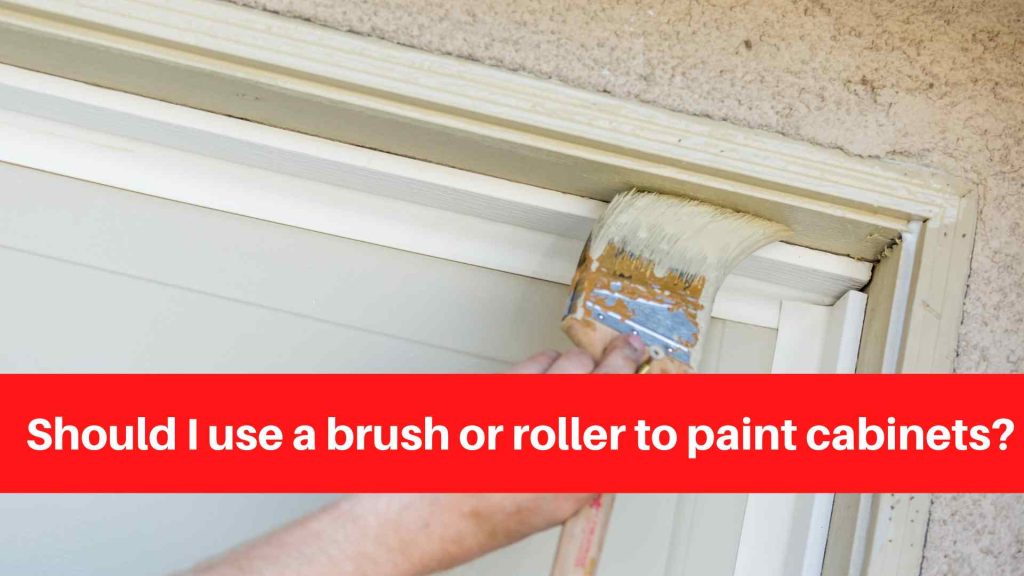Should I use a brush or roller to paint cabinets?

Which Is Better For Painting Cabinets: Brush Or Roller?
If you’re thinking about painting your kitchen cabinets, you may be wondering whether to use a brush or a roller. Both have advantages and disadvantages, and the decision may be influenced by a number of factors. In this post, we’ll look at the benefits and drawbacks of painting cabinets with a brush versus a roller, as well as provide some pointers to help you decide which method is best for your project.
Cabinet Painting with a Brush
Brush painting is a traditional method for painting cabinets that is ideal for touching up small areas or difficult-to-reach areas. Using a high-quality brush will allow you to achieve a professional-looking smooth, even finish. Brush painting, on the other hand, can take time and requires a steady hand to avoid drips and smudges.
Cabinets for Painting with Rollers
Roller painting is a quicker and more efficient method of painting cabinets, particularly the fronts and backs of drawers and doors. A roller will apply paint more evenly and thickly than a brush, resulting in a smoother finish. However, if not used properly, rollers can be messy and leave unsightly roller marks.
Using a Brush and a Roller
When painting cabinets, one strategy is to use both a brush and a roller. This allows you to maximize the benefits of each method while minimizing their drawbacks. For example, you could apply paint to large flat surfaces with a roller and touch up small areas or edges with a brush. This can help you achieve a more professional finish while also saving you time.
Cabinet Painting Tips
Here are some pointers to help you achieve the best results when painting cabinets:
- Before painting the cabinets, thoroughly clean them to remove any grease, dirt, or grime.
- Lightly sand the cabinets to roughen the surface and improve paint adhesion.
- Use cabinet-specific paint.
- To avoid inhaling paint fumes, work in a well-ventilated area while wearing a mask.
- Apply the paint in thin, even coats, allowing each to dry completely before proceeding.
- For large flat surfaces, use a roller, and a brush for touch-ups and hard-to-reach areas.
- Take your time and be patient with yourself. A sloppy finish can result from rushing the job.
Whether you paint cabinets with a brush or a roller is determined by your preferences, skills, and the size of the project. Brush painting is ideal for touch-ups and hard-to-reach areas, whereas roller painting is more efficient and faster for large flat surfaces. Using both techniques at the same time can help you achieve a professional-looking finish. You can paint your cabinets with confidence if you follow the advice in this post.